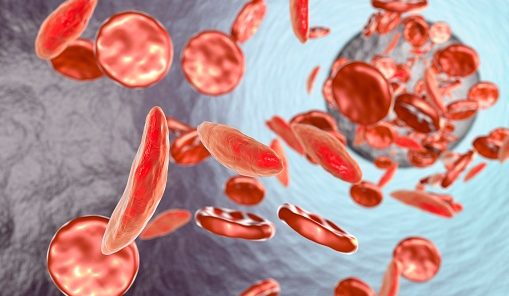Having a large body size during childhood is linked with an increased risk of coronary artery disease (CAD) and type 2 diabetes later in life, according to a study published by The BMJ.
Researchers at the University of Bristol conducted an analysis of data from more than 450,000 people from the UK Biobank database. The team utilized Mendelian randomization to examine genetic influence of childhood body size on four diseases in later life: CAD, type 2 diabetes, breast, and prostate cancer. Data included body mass index (BMI) in adulthood (average age 57) and self-reported perceived body size at age 10. Participant data was compared with genomic information from more than 700,000 people from four other genome-wide association studies.
Early life body size was associated with an increased risk of CAD (OR=1.49; 95% CI, 1.33 to 1.68) and type 2 diabetes (OR=2.32; 95% CI 1.76 to 3.05). These effects were reduced when childhood body size was assessed together with adult body size, suggesting that increased risk is most likely highest in individuals with a large body size that persists into adulthood.
Strong evidence was also found of a direct protective effect for larger early life body size and breast cancer development (OR=0.59; 95% CI 0.50 to 0.71). No significant association was found between early or later life body size on prostate cancer. The authors noted study limitations arising from self-reported early body size measurements which may have effected analysis.
“The findings suggest that the positive association between body size in childhood and risk of CAD and type 2 diabetes in adulthood can be attributed to individuals remaining large into later life,” the researchers concluded.
Credit: Original article published here.









